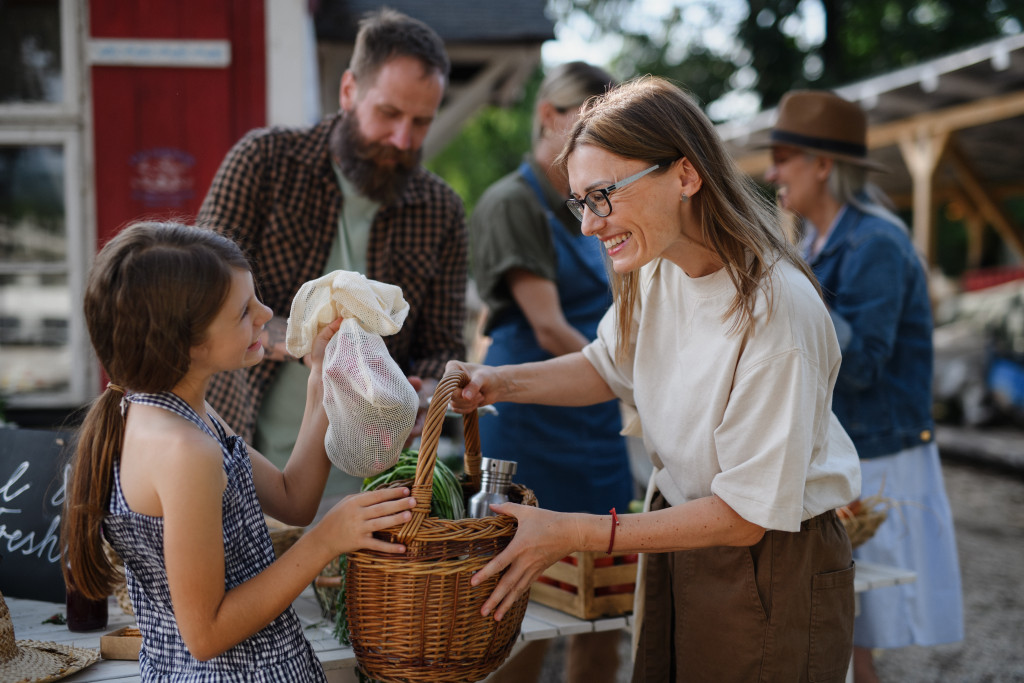There are many to list regarding the benefits of being a part of a local community. Living in a close-knit community has been shown to improve mental and physical health. According to a study published in PLoS ONE, people living in supportive neighborhoods have lower cortisol levels (a stress hormone) and report less anxiety and depression. They also tend to have better physical health, including lower blood pressure and cholesterol levels.
Moreover, local communities can provide valuable support during difficult times. In times of crisis – such as a job loss or illness – people in tight-knit neighborhoods are more likely to offer practical assistance, like babysitting or grocery shopping, than those who don’t have this type of support system. They’re also more likely to give emotional support, which can be crucial when coping with a crisis.
Finally, living in a close-knit community can be fun! From block parties to holiday celebrations, there are plenty of opportunities for residents to get together and socialize. This not only helps build strong relationships but can also lead to increased feelings of happiness and connectedness.
All in all, there are many reasons why it’s beneficial to be part of a solid local community. So if you’re looking for ways to improve your mental and physical health or want somewhere to call home that provides lots of social support, consider looking for a neighborhood with a strong community spirit.
However, you might want to build a stronger local community in your area. If you are willing to take the lead, here are a few tips that may help you get started!
Start Community-Building Activities
Community-building activities are a great way to bring people together and help build strong relationships. They can also lead to increased feelings of happiness and connectedness. Some examples of community-building activities include:
- Neighborhood walks
- Block parties
- Potluck dinners
- Holiday celebrations
If you’re looking for ways to get your community-building activities started, here are a few tips:
- Get the word out. Let your neighbors know about your planning activities and spread the word on social media.
- Make it easy for people to participate. Try to choose activities that are easy for people to join in on, such as neighborhood walks or potluck dinners.
- Plan ahead. Make sure you have everything organized, so people know what to expect.
- Be flexible. If something comes up last minute, be prepared to adjust your plans accordingly.
- Have fun! The most important thing is ensuring the activities are enjoyable for everyone involved.
Get the Local Politicians Involved

Of course, you can pursue many more community-building activities, but they might require more resources and planning. To get started, you might want to contact your local politicians and see if they can support your efforts in any way. They may be able to provide funding or resources that will help make it easier for you to bring people together in your community.
Some of those activities include:
- Funding for community projects
- Organizing events and workshops
- Providing resources for local businesses
- Supporting youth initiatives
- Involving local organizations in decision-making processes
- Creating public spaces where people can come together
Local politicians might also have ideas for other projects that could benefit your community. Having them on your project can create more volunteerism, which can help foster a sense of togetherness in your local area.
Partner with Local Businesses
Local businesses are an excellent resource for bringing people together in your community. They can provide the resources, connections, and opportunities to help you get started with your efforts.
For instance, local businesses might be willing to donate food and beverages or sponsor the event if you’re organizing a block party or holiday celebration. They may also offer discounts on products or services that benefit your neighborhood. Additionally, they could host workshops or seminars about different aspects of the community, such as health and wellness or financial literacy.
Finally, partnering with local businesses can help create jobs in your area and give residents additional employment opportunities. This can lead to increased economic stability within the community and ultimately foster social cohesion in the long run.
Strengthen Religious Connections
Nothing builds a stronger community than having strong religious connections. Religion helps to create a sense of unity and purpose among community members and offers support in times of need.
In addition to connecting with local religious organizations, you can also look for opportunities to promote interfaith dialogue and understanding. This could involve organizing events that bring together different faith traditions or hosting interfaith seminars to promote greater understanding between religions.
You can secure church services to provide spiritual guidance and comfort to those in need. This could be a great way to unite people and foster a sense of connectedness between religious traditions.
Final Thoughts
Bringing people together in your community is essential for building strong relationships and creating a sense of belonging. There are many ways to get started, including organizing events, partnering with local businesses, and strengthening religious connections. With some effort and planning, you can positively impact your community, which will last far into the future.




